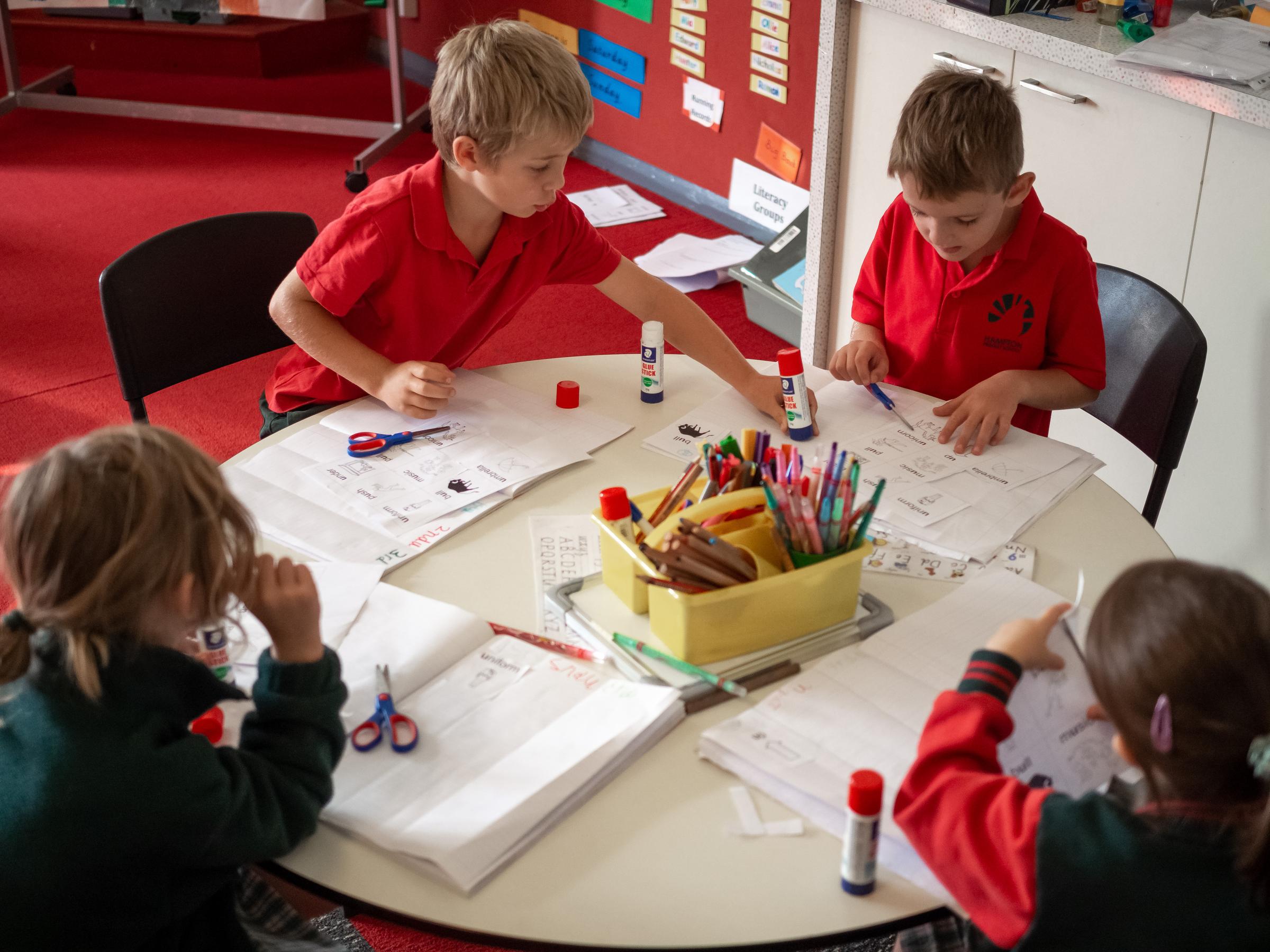Mathematics
Number & Algebra I Measurement & Geometry I Statistics & Probability

Mathematics
Number & Algebra I Measurement & Geometry I Statistics & Probability
At the beginning of the term, students will revisit multiplication and explore its connection to division. They will work with arrays and be introduced to the short division method. Students will apply their knowledge of multiplication and division facts and be encouraged to use multiplication to check the accuracy of their division solutions.
This foundational work will lead into developing and applying their understanding of fractions.
Students will:
Measurement and Geometry
Students will learn to calculate the area of both regular and irregular shapes. They will explore the properties of 2D and 3D shapes and develop skills in classifying and measuring angles.
Statistics and Probability
The Statistics and Probability curriculum will be integrated with our number unit. Students will represent the outcomes of chance experiments using fractions, decimals, and percentages. They will also learn to place events on a probability scale ranging from 0 to 5.